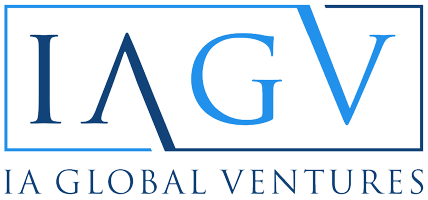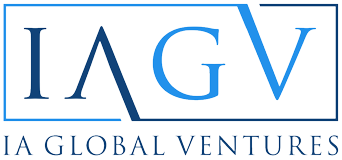Why consistent, transparent communication builds investor trust—and long-term outcomes
Consistent Updates Signal Operational Excellence
One of the most overlooked habits of high-performing founders is how they manage investor communication—particularly during periods of uncertainty. Regular, thoughtful updates build trust, align expectations, and often surface valuable support when it’s needed most.
At IA Global Ventures, we’ve seen firsthand that founders who consistently update their investors are better equipped to navigate fundraising, market shifts, and internal challenges. Updates are not just a courtesy—they’re a strategic advantage.
Update Frequency: Monthly Is the Right Cadence
For most early-stage startups, monthly updates strike the right balance between frequency and focus. Weekly is too frequent, quarterly often too sparse. When in doubt, over-communicate—especially during periods of volatility or change.
In tough times, many founders hesitate to reach out. In reality, this is when communication matters most.
Avoid These Common Mistakes
Several missteps consistently weaken founder-investor relationships:
Going Silent Until Fundraising
If your first outreach in months is to ask for money, that signals misalignment. Investors want a full view of your journey—not just the highlights.
Delaying Bad News
Transparency is critical. Early disclosure allows investors to help, whether by making introductions, offering advice, or helping stabilize morale.
Sharing Fluff, Not Fundamentals
Avoid vague, feel-good summaries. Stick to measurable outcomes, trends, and concrete challenges. Strong updates are rooted in metrics and momentum.
What Makes a Strong Investor Update?
A consistent structure helps you stay on track and ensures your investors receive all relevant context. We recommend the following framework:
Executive Summary
Key highlights, major challenges, and core KPIs.
Wins and Losses
What went well? Where did you fall short? Be honest and balanced.
Cash Position and Runway
Your current financial position, burn rate, and expected runway.
Looking Ahead
What’s coming next? Set expectations for the next 30–90 days.
Asks
Be direct about how your investors can help—hiring needs, customer intros, or future funding support.
Whenever possible, share updates in a brief written format (email or doc) rather than a slide deck. It keeps the focus on substance, not design.
Why It Matters
Great updates are more than an exercise in reporting. They create alignment, enable support, and keep your company top of mind—particularly when follow-on funding or strategic advice is needed.
Founders who treat investor communication as a strategic tool, not a checklist item, build deeper relationships and more resilient companies.



